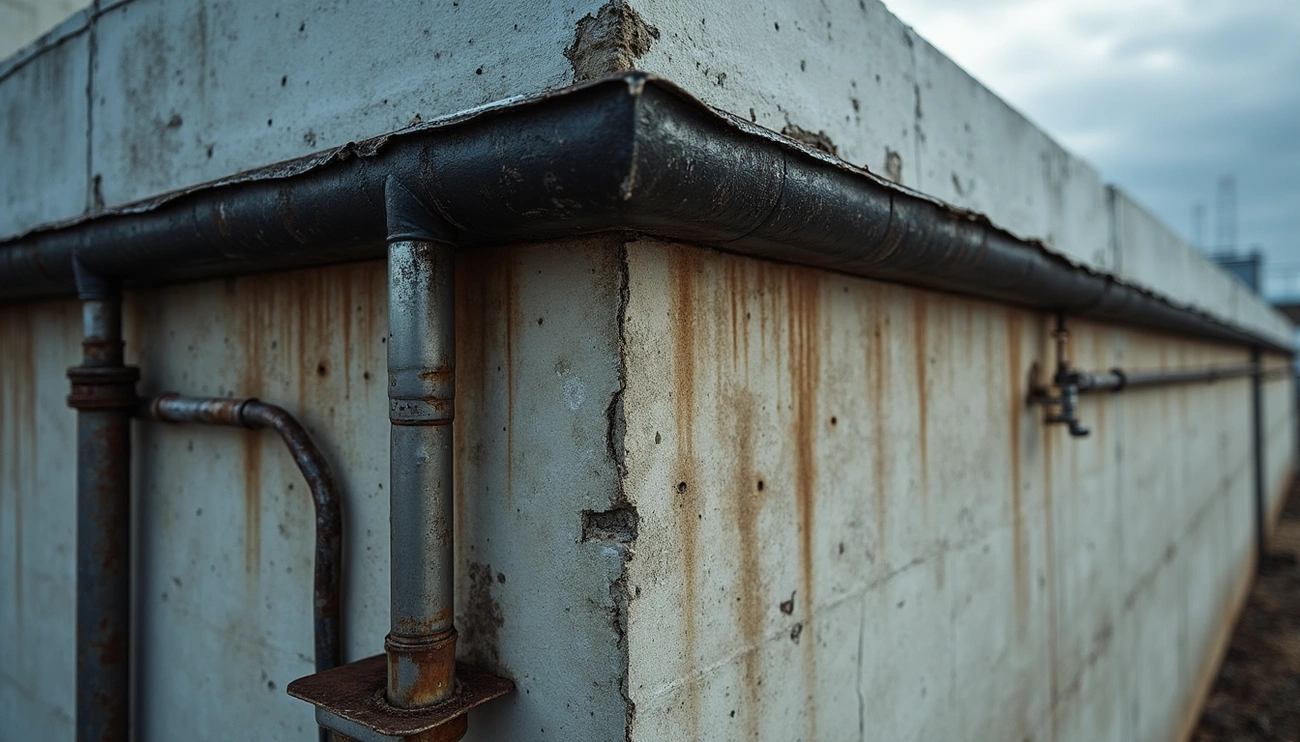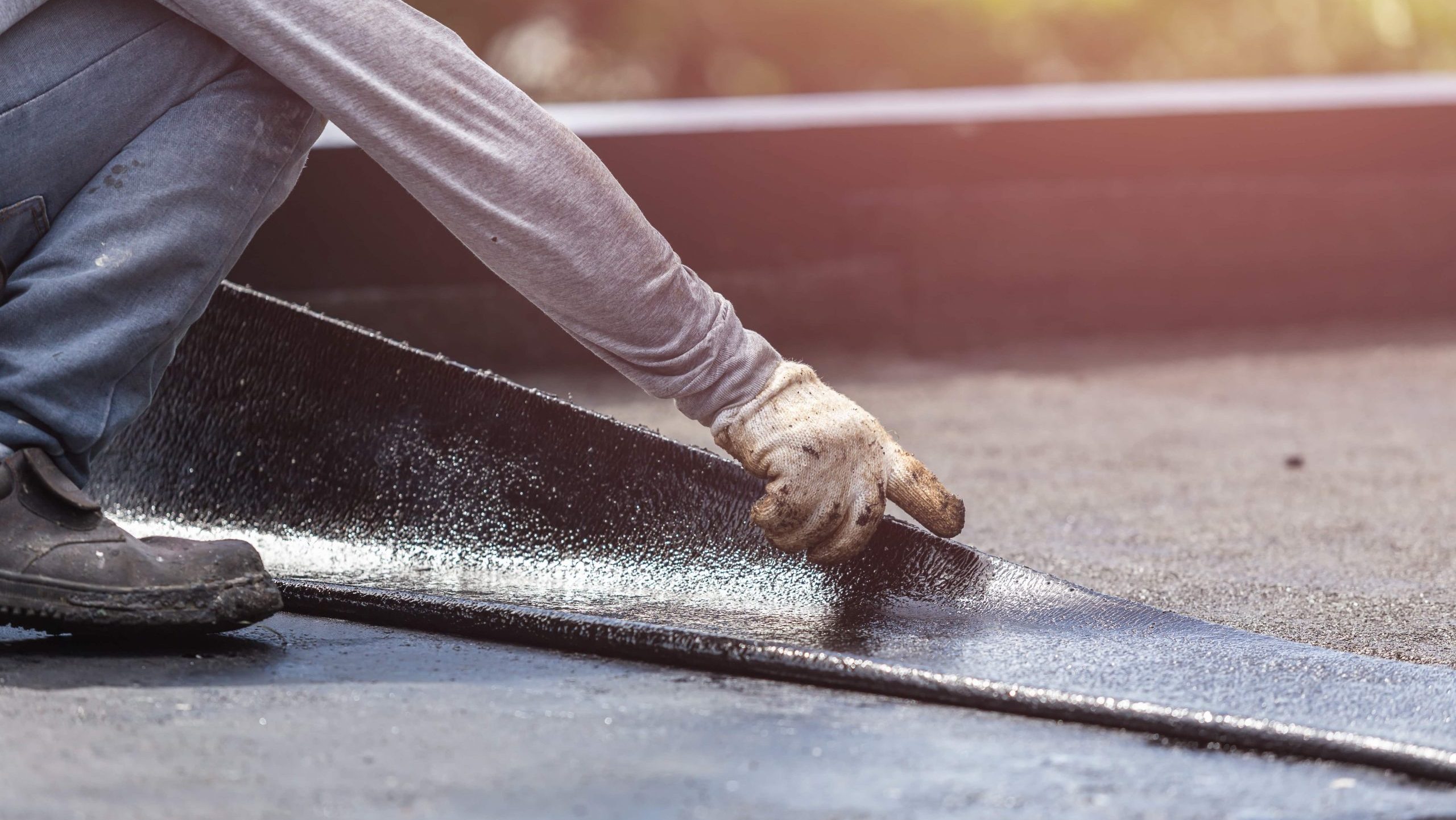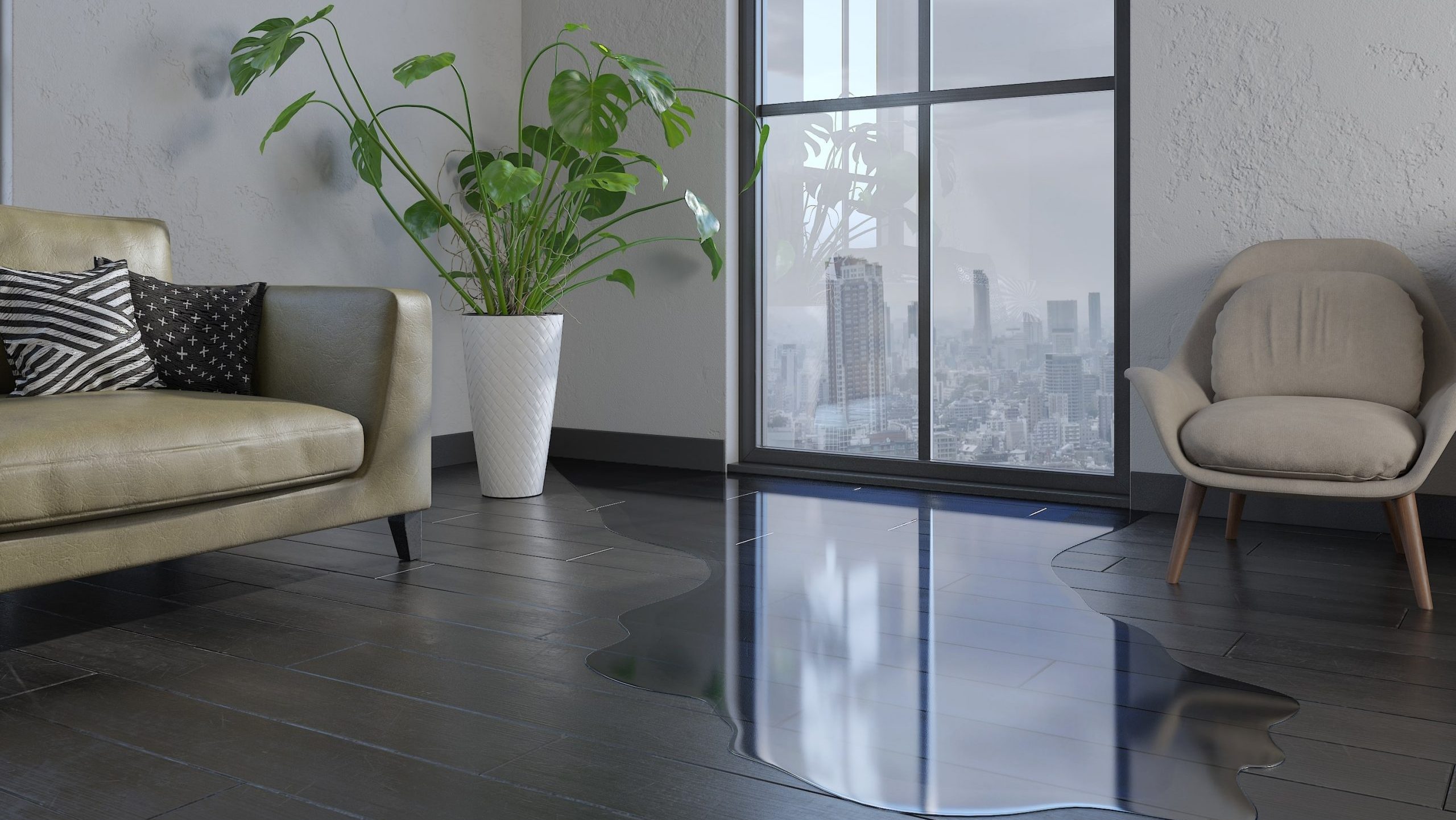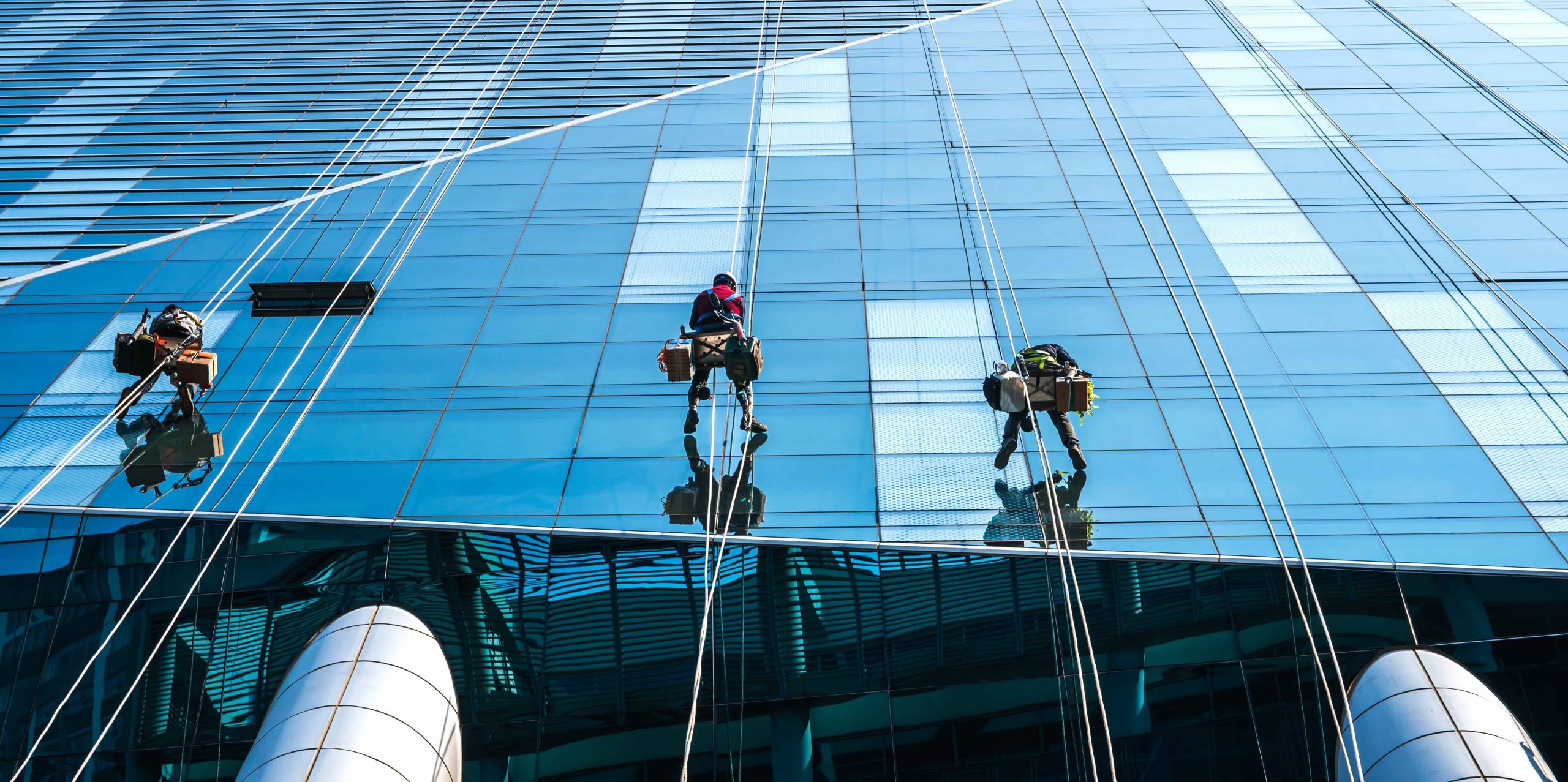Table of Contents
Waterproofing may only account for 1% of a building’s total cost but water damage causes up to 80% of structural issues. That imbalance highlights just how critical proper waterproofing is.
In industrial environments, the stakes are even higher. Water intrusion can lead to equipment failure, expensive repairs, and major business disruptions. Fixing the damage often costs far more than proper waterproofing would have in the first place.
This guide explores 5 hidden industrial waterproofing risks that are often overlooked until failure strikes. From aging roof membranes to high humidity hazards, knowing what to watch for is the first step in safeguarding your assets and ensuring uninterrupted operations.
1: Undetected Roof Membrane Degradation
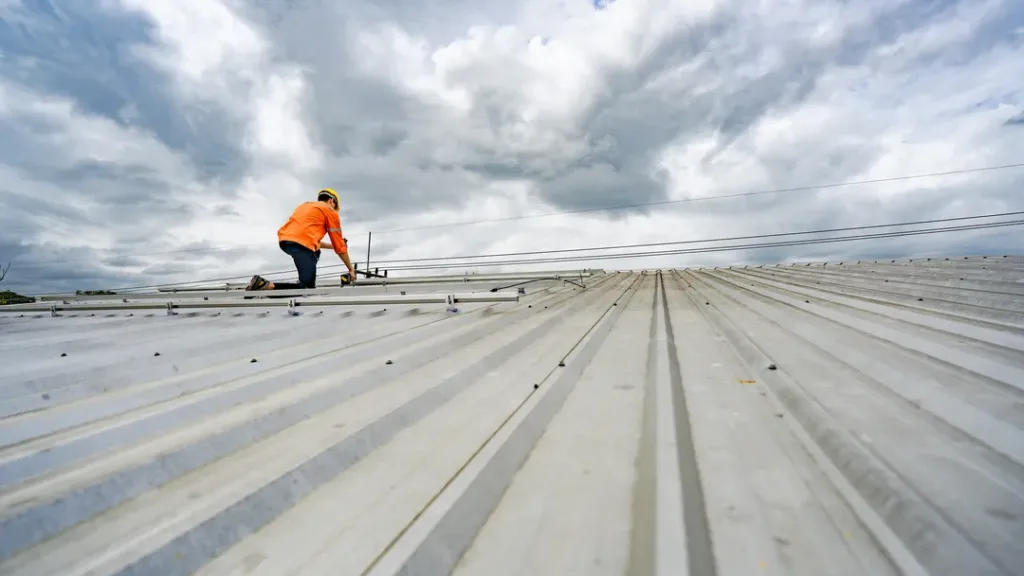
When it comes to industrial waterproofing, the roof is often the first and most vulnerable line of defence. Yet many facility managers underestimate just how silently roof membranes degrade, until costly damage has already set in.
Over time, constant exposure to sun, rain, and changing temperatures takes a toll—even on tough materials like EPDM, TPO, PVC, or modified bitumen. UV rays can make them brittle, temperature changes cause them to expand and crack, and standing water speeds up the wear. Eventually, small openings start to form, letting moisture seep in. That’s when the real trouble begins, insulation gets damp, equipment starts to corrode, and the building quietly begins to suffer from the inside out.
What makes this risk especially dangerous is how easily it’s overlooked. Early signs such as tiny surface cracks, minor blistering or subtle membrane shrinkage are often overlooked, especially in hard-to-reach areas like seams and flashing points. If your facility doesn’t follow a proactive inspection schedule, problems often go unnoticed until they appear indoors as leaks, mould, or visible interior damage.
By then, the financial impact can be severe. While early repairs may cost only SGD 7 to 14 per square foot, full replacement after water intrusion can exceed SGD 70 per square foot, not including downtime or equipment replacement.
In industrial waterproofing, your roof isn’t just a structure, it’s a shield. By prioritising regular inspections and embracing modern tools, you can stay ahead of hidden degradation, avoid unexpected shutdowns, and keep your facility running safely and smoothly.
2: Slab Seepage: A Hidden Waterproofing Risk Underfoot
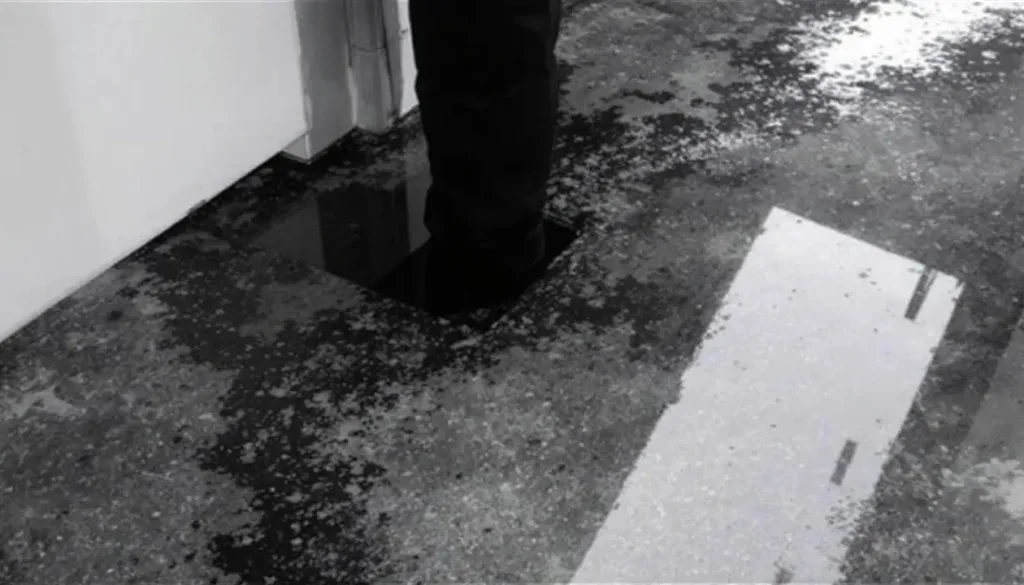
While roof leaks draw immediate attention, water intrusion from below often slips under the radar. Slab seepage is a silent but serious threat in industrial facilities that can disrupt operations, damage equipment, and compromise structural integrity before it’s even detected.
Concrete may seem solid, but it’s naturally porous. Moisture can travel through tiny capillaries within the slab, often pushed by hydrostatic pressure or pulled upward by capillary action. Over time, temperature shifts and concrete shrinkage create microcracks that widen with every season. Add in weak points at construction joints, and you’ve got the perfect recipe for water to find its way in.
Why Slab Seepage Matters in Industrial Settings
This kind of moisture intrusion brings more than just damp floors. It corrodes machinery foundations, misaligns precision equipment, and causes electrical risks if it reaches wiring or conduits. For facilities storing goods directly on concrete floors, seepage can damage packaging, invite mould, and compromise product quality, especially with temperature-sensitive inventory.
The impact doesn’t stop at equipment or materials. Moisture beneath the slab can elevate indoor humidity, affect air quality, and lead to efflorescence—those white powdery stains that signal ongoing water issues. In the worst cases, water corrodes the rebar within the slab, weakening the structure from within and leading to cracks that threaten long-term stability.
Prevention Starts with the Right Foundation
Preventing slab seepage begins before concrete is even poured. A well-prepared site includes perimeter drains, compacted gravel, and high-quality vapour barriers beneath the slab. These modern barriers go far beyond the basic plastic sheets of the past. They provide multilayer protection, high puncture resistance, and near-zero permeability when properly sealed.
For existing buildings, remediation options range from penetrating sealers to full epoxy moisture mitigation systems. In more severe cases, polyurethane injection can block active leaks by filling voids in the concrete itself.
Slab seepage is one of the most overlooked threats in industrial waterproofing. But with the right systems and regular inspections, you can protect your facility from the ground up and avoid costly surprises lurking just beneath the surface.
3: Unsealed Joints: Overlooked Industrial Waterproofing Failures
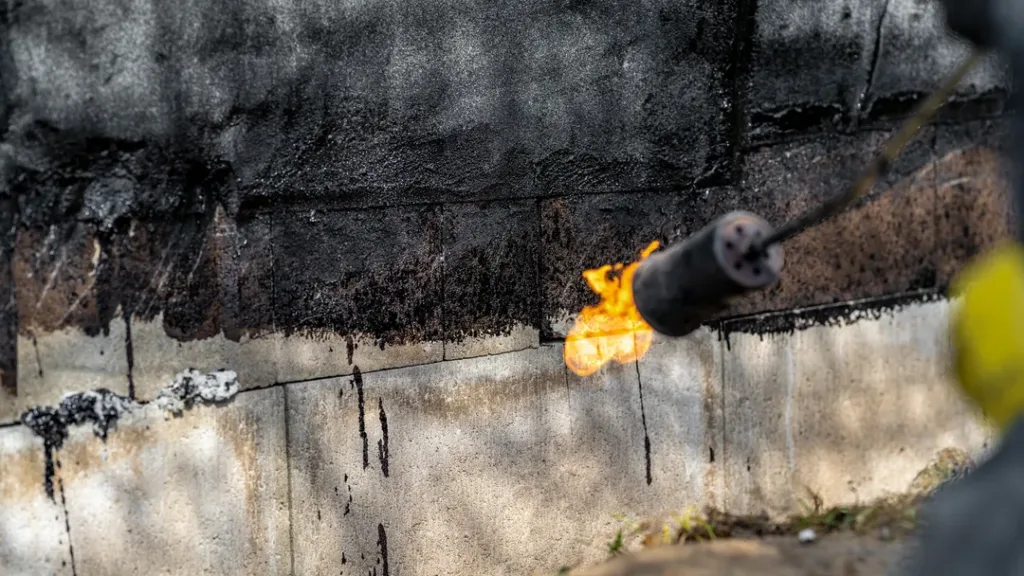
You can have the best roof and slab waterproofing in place but if your joints are unsealed or deteriorating, your facility is still at risk. Joints are where different building materials meet, move, and settle. They’re essential for structural flexibility but also represent some of the most vulnerable and frequently overlooked points in industrial waterproofing.
Why Joints Fail
Water finds its way through even the smallest joint failures. Capillary action can draw moisture inward, while temperature shifts cause expansion and contraction that slowly pull joints apart. Over time, sealants degrade due to UV exposure, industrial chemicals, or simple wear and tear. Many joints fail gradually, starting with tiny breaches that allow just enough moisture to cause long-term damage—often without any visible signs until it’s too late.
Where to Watch
Several joint types are especially prone to water infiltration and deserve closer attention:
- Expansion joints are designed to handle building movement but need specialised covers or flexible membranes to stay watertight. Many facilities rely on basic compression seals, which degrade quickly in industrial settings.
- Roof-to-wall transitions combine different materials and angles, making them complex and prone to failure without properly integrated flashing and membranes.
- Every pipe and conduit penetration, including HVAC ducts, electrical lines, and process pipes that pass-through walls or roofs, creates a joint that needs proper sealing. Each one needs to be individually sealed and maintained.
- Concrete construction joints, especially on floors bearing heavy machinery, face constant vibration and pressure that wear down seals over time.
- Window and door perimeters also pose a risk. Exposure to temperature swings, contaminants, and frequent use accelerates sealant breakdown.
- Equipment mounts on roofs and exterior walls often suffer from vibration and maintenance-related wear that compromise waterproofing.
Joints may be small, but they carry a big responsibility. Neglecting these joints can compromise not just your waterproofing system but your entire operation.
4: Neglected Gutter and Drainage Systems
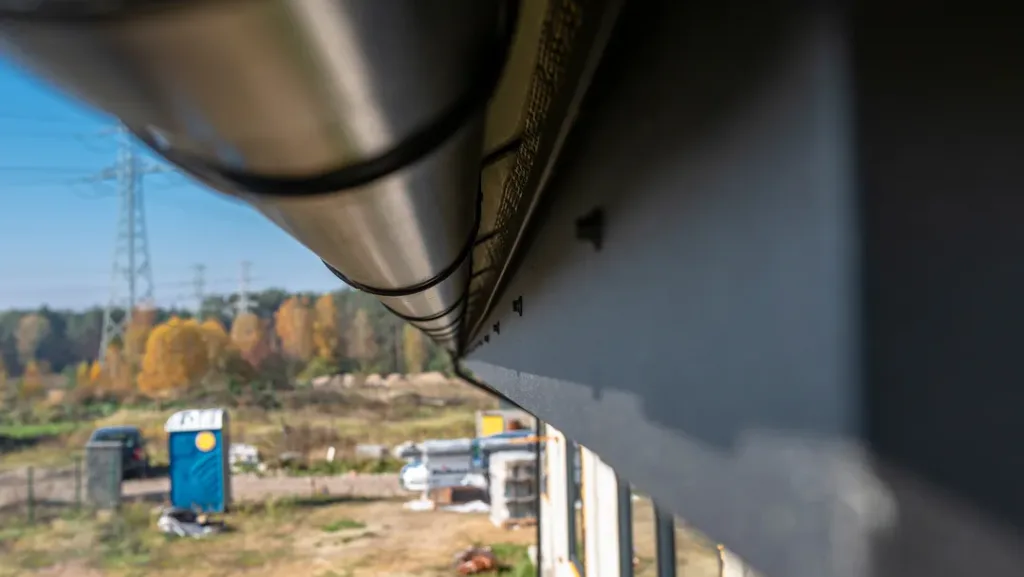
In industrial waterproofing, gutters and drainage systems are often overlooked, yet they remain one of the most important lines of defence. Neglecting them can lead to severe water damage, internal flooding, and costly downtime.
Clogged gutters account for up to 80% of drainage failures in industrial buildings. As leaves, debris, and roofing materials accumulate, they block water flow and cause overflow that collects around the foundation. This leads to increased hydrostatic pressure, moisture seepage into walls, mould growth, and even structural damage over time.
Even more concerning, overflowing gutters can direct water back into the building, bypassing sealed joints and other waterproofing measures. Poorly spaced brackets and insufficient gutter slope can cause sagging, reducing drainage efficiency by up to 30%—leaving facilities especially vulnerable during heavy rainfall.
Internal flooding is one of the most damaging consequences. Blocked internal drains and poorly positioned downpipes can cause water to back up into the building, leading to equipment damage, inventory loss, and serious hygiene concerns.
Prevention Is Simple and Profitable
Routine maintenance makes all the difference. We recommend cleaning industrial gutters at least twice a year. Facilities near trees or exposed to extreme weather may require more frequent checks.
Smart drainage care includes:
- Biannual cleaning to prevent costly blockages
- Professional inspections of drain domes, scuppers, and internal piping
- Flood readiness by relocating valuable assets during weather alerts
- Detailed record keeping to track maintenance and spot trends
Gutters may not be high-tech, but they play a critical role in waterproofing. Protecting them protects everything else.
5: High-Humidity Exposure: An Underestimated Waterproofing Risk
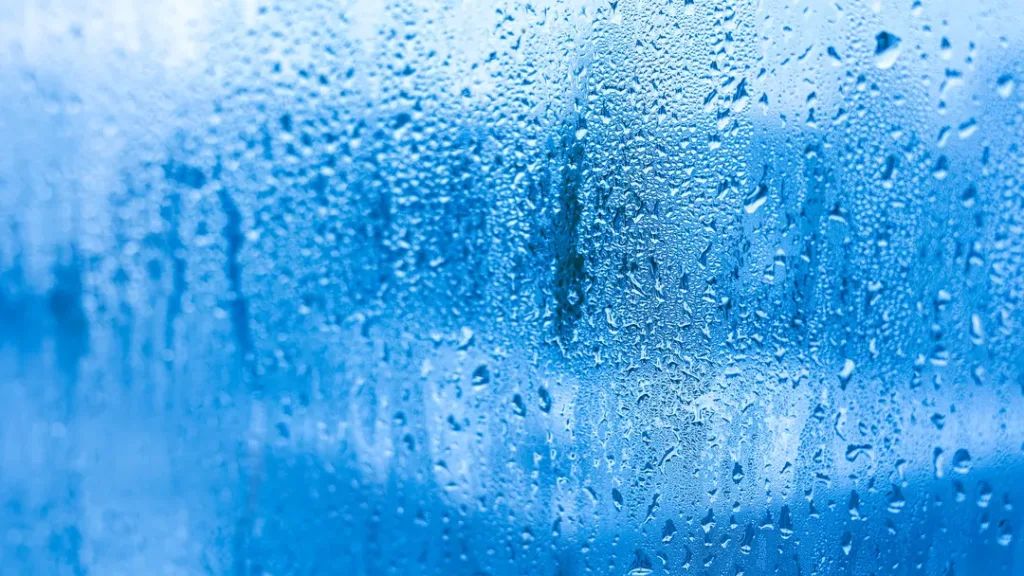
Water damage in industrial settings doesn’t always come from leaks or floods. High humidity can gradually weaken structures, corrode equipment, and compromise worker safety, often without any obvious warning signs.
Where Moisture Builds Up
Some areas within industrial facilities are especially prone to high humidity. Production zones that involve steam or wash-down processes, underground spaces, and poorly ventilated rooms often trap moisture and allow it to build up over time. In consistently hot and rainy climates like Singapore’s, these conditions become even more challenging to manage.
The Hidden Damage
High humidity doesn’t just make a space uncomfortable, it slowly wears down building materials, speeds up rust and corrosion, and creates the perfect environment for mould and bacteria to grow. It can also affect your equipment. Moisture in the air can seep into wiring and delicate components, causing breakdowns and unexpected downtime.
On top of that, condensation can make floors slippery, while poor air quality from excess humidity can lead to respiratory issues. All of this adds up to a work environment that’s not only less efficient, but also less safe.
A Smarter Approach to Waterproofing
Effective humidity management requires integrated approaches beyond traditional waterproofing. Industry experts recommend maintaining relative humidity between 50-60% through mechanical dehumidification systems that remove excess moisture before it damages assets.
For critical areas, specialised moisture-resistant coatings provide additional protection. These industrial-grade solutions create barriers that prevent humidity migration through surfaces while resisting chemical exposure common in manufacturing environments.
Proper ventilation systems that maintain consistent airflow represent another crucial defence. Even with air conditioning, relative humidity can rise to unacceptable levels for equipment operation and product integrity, necessitating dedicated dehumidification systems in particularly sensitive areas.
Ultimately, addressing humidity challenges requires treating them as seriously as direct water intrusion. Comprehensive industrial waterproofing must consider not just liquid water, but also its invisible airborne form.
Fina Thoughts
Waterproofing might seem like just another maintenance task, but it’s actually one of the smartest investments you can make for your facility. Issues like roof membrane wear, slab seepage, unsealed joints, blocked drains, and high humidity often fly under the radar, until they cause serious damage. The truth is, fixing water damage usually costs far more than preventing it in the first place. That’s why it pays to take a proactive approach. Regular inspections, smart use of tools like infrared scans or drones, and treating your building as one connected system can make all the difference. In the long run, staying ahead of these hidden risks means fewer disruptions, lower repair bills, and a safer, more reliable operation.
FAQs
What are the main hidden risks in industrial waterproofing?
The main hidden risks include undetected roof membrane degradation, slab seepage, unsealed joints, neglected gutter and drainage systems, and high-humidity exposure. These issues can cause significant damage if left unaddressed.
How often should industrial gutters be cleaned?
Industrial gutters should be cleaned at least twice a year, typically in spring and autumn. However, buildings surrounded by trees or exposed to severe weather may require more frequent cleaning and inspections.
Why is humidity control important in industrial waterproofing?
Humidity control is crucial because excessive moisture can lead to material deterioration, equipment damage, mould growth, and workplace safety hazards. Maintaining relative humidity between 50-60% is recommended for most industrial environments.
What are the financial implications of neglecting industrial waterproofing?
Neglecting industrial waterproofing can result in repair costs up to ten times higher than preventive maintenance. Water damage can lead to expensive equipment repairs, production downtime, and inventory losses, potentially costing hundreds of thousands of pounds.
How can modern technology improve industrial waterproofing inspections?
Modern technologies like infrared thermography and drone surveys can significantly enhance waterproofing inspections. These tools allow for early detection of issues invisible to the naked eye, such as subsurface moisture or hard-to-reach areas of roofing systems.

